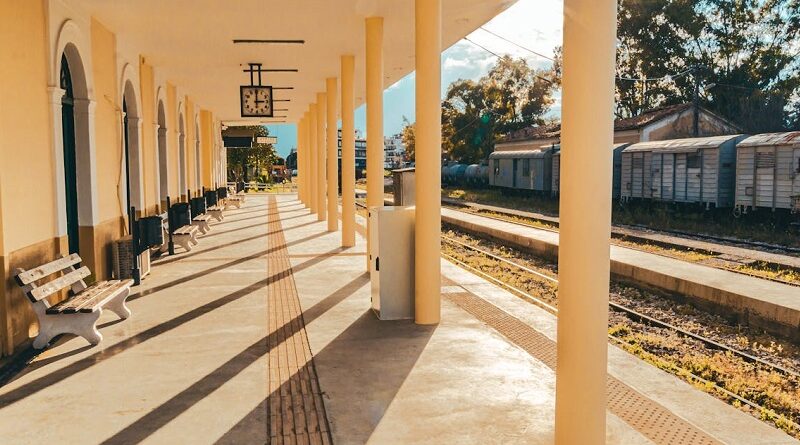Switzerland to Assist Greece in Restoring Peloponnese Railway
Switzerland is helping Greece restore the Peloponnese Railway so trains can again run across the mountainous peninsula.
Peloponnese Railway restoration plans
According to Greek daily newspaper Kathimerini, plans are underway to restore the famed Peloponnese Railway and resume train services across the peninsula’s rail network.
Remarkably, the initiative to restore this narrow-gauge Greek railway network is led by two Swiss nationals.
Stefan Estermann, Switzerland’s ambassador to Greece, and Professor Emeritus Dr. Bernd Scholl, a spatial development expert and co-owner of a planning office for urban and regional planning in Zurich, have shown interest in reviving train services on the Peloponnese Railway.
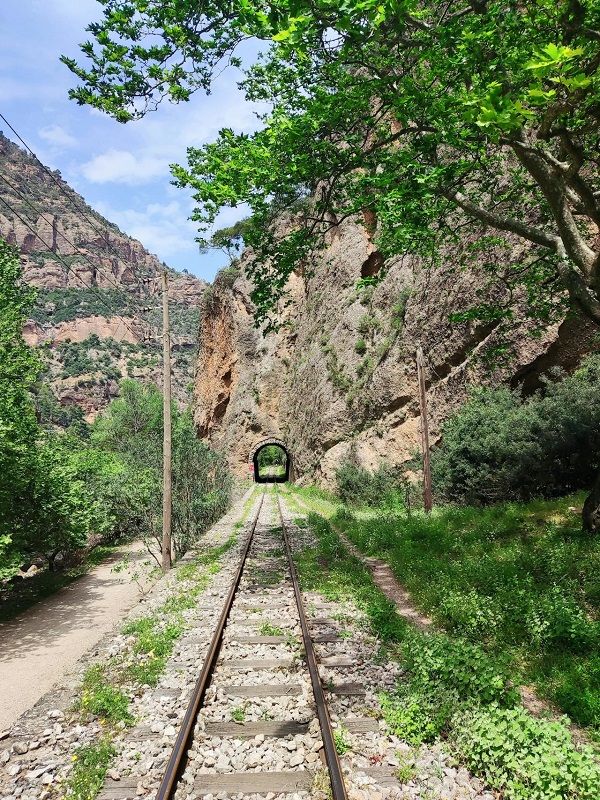
Greek-Swiss partnership
The restoration initiative is driven by a Greek-Swiss partnership led by the Society for the Environment and Cultural Heritage, known as Elliniki Etairia (ELLET) in Greek.
Elliniki Etairia approached the Swiss Embassy in Greece to seek railway expertise and guidance, which the Swiss have in abundance thanks to the many kilometres of narrow-gauge railway lines in the country.
Ambassador Estermann told Kathimerini: “I knew immediately: This is something for me as the Swiss ambassador. We Swiss have railways everywhere. We grow up with them and they are part of our everyday lives. The railway brings people together, it stimulates discussion and evokes emotions. And of course, we also have a railway industry that offers the most modern, customized solutions. That is my ‘commercial hidden agenda’, so to speak.”
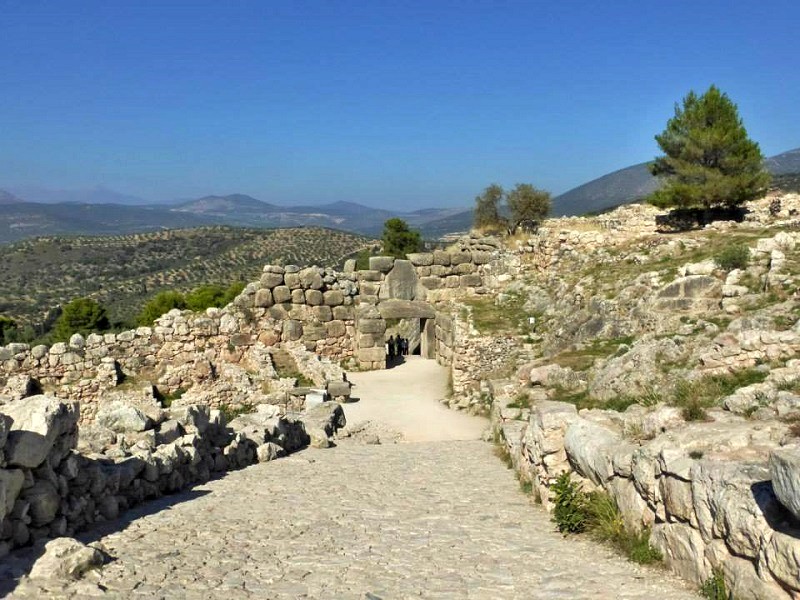
Reopening
Reviving the Peloponnese Railway won’t be an easy task, as the infrastructure needs to be restored and its long-term future secured.
The primary goal of the Greek-Swiss partnership is to first conduct a feasibility study and develop a realistic business plan for train operations on the Peloponnese Railway.
After an on-site inspection, Professor Scholl concluded that while the railway infrastructure is generally in decent condition, some improvements are necessary throughout the network.
Ambassador Estermann explained: “We even got the impression at times that all it would take is to cut back some bushes and the trains could run again. Of course we know that it is not like that everywhere. But we realized one thing: The existing infrastructure is already of great value in itself.
“If the line had to be built from zero into the untouched landscape, hundreds of millions of euros would have to be spent. It is, therefore, economically irresponsible and wasteful not to make use of this infrastructure and to leave it to further decay.”
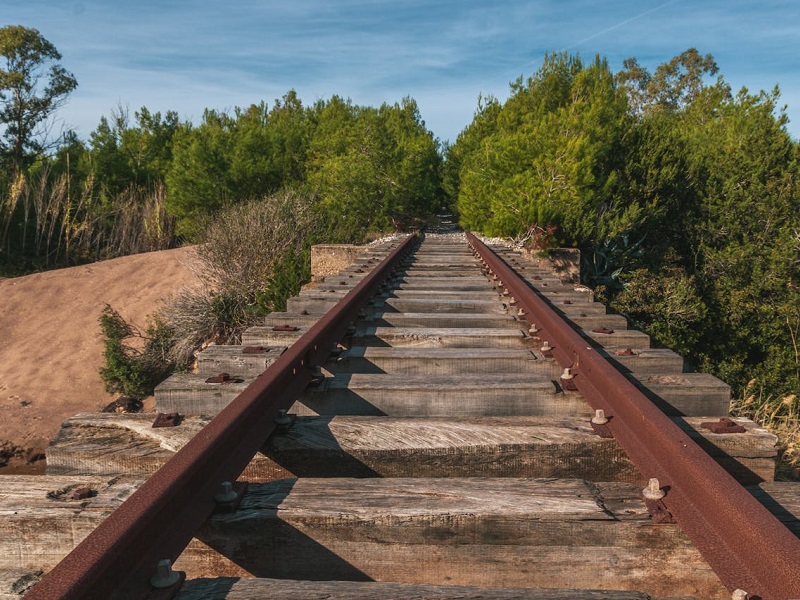
Peleponnese Railway network
The Peloponnese Railway, the metre-gauge network on the Peloponnese peninsula in southern Greece, has not seen train services in over a decade.
Train services on the Peloponnese Railway were suspended in 2011 during the Greek economic crisis and have not resumed since.
The Athens-Patras railway line, which was one of the main lines of the narrow-gauge Peloponnese Railway, has been partially replaced by a standard-gauge railway.
Currently, if you want to travel from Athens to Patra by train, you can take a standard-gauge train as far as Kiato in the Peloponnese, where you must transfer to a bus for the final stretch to Patras, as work on the last section of the railway line is not yet complete.
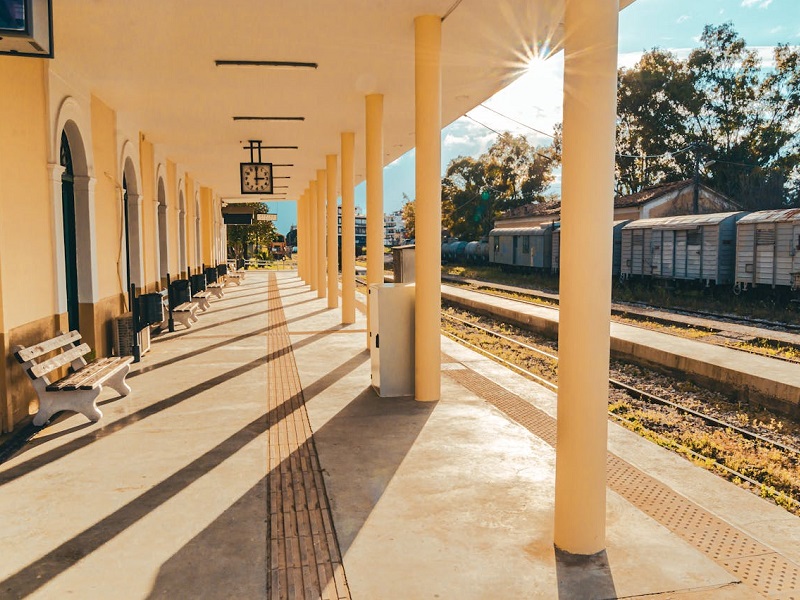
Main towns and sights
In addition to linking Athens with Patras, the Peloponnese Railway once connected major Greek towns and tourist sights on the peninsula by rail.
Notable stations on the Peloponnese Railway network include Nafplio, the first modern capital of Greece, Corinth, Kalamata, and the two UNESCO World Heritage sites of Ancient Mycenae and Olympia.
Ambassador Estermann said: “For visitors to the Peloponnese, the train would be a unique selling point: The world-famous attractions of the Peloponnese would be connected by a historic railway.
“The train would be loaded with history and heritage, and at the same time run on the most modern technologies, including ‘green’ hydrogen propulsion. What could make Greece shine more than that?”
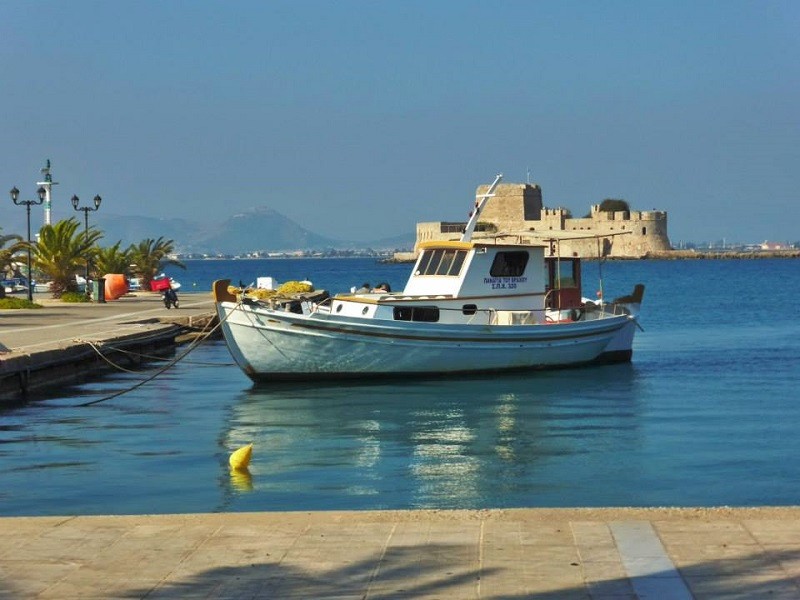
Conclusion
The Peloponnese Railway, which has been defunct since 2011 due to the Greek economic crisis, may soon be revived thanks to a Greek-Swiss initiative.
With support from the Swiss Embassy and guidance from Swiss public transport experts, the narrow-gauge railway network linking major towns and tourist sights in the Peloponnese may be restored to its former glory.
Although experts report that the rail infrastructure is in decent condition, some restoration work will still be required.
Since the plans depend on the outcome of a feasibility study and the development of a realistic business plan, trains likely won’t be running on the Peloponnese metre-gauge railway network anytime soon, as such projects typically take a few years at least.
However, the seriousness and credibility of those involved raises hopes that the Peloponnese Railway could sooner or later be operational again.

